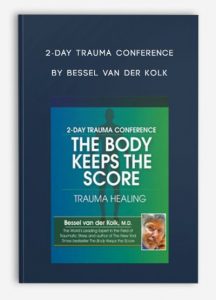 2-Day Trauma Conference by Bessel Van der Kolk
2-Day Trauma Conference by Bessel Van der Kolk
More information about Medical:
Medicine is the science and practice of establishing the diagnosis, prognosis, treatment, and prevention of disease.
Medicine encompasses a variety of health care practices evolved to maintain and restore health by the prevention and treatment of illness.
Contemporary medicine applies biomedical sciences, biomedical research, genetics, and medical technology to diagnose, treat, and prevent injury and disease,
typically through pharmaceuticals or surgery, but also through therapies as diverse as psychotherapy, external splints and traction, medical devices, biologics, and ionizing radiation, amongst others.
Medicine has been around for thousands of years, during most of which it was an art (an area of skill and knowledge) frequently having connections to the religious and
philosophical beliefs of local culture. For example, a medicine man would apply herbs and say prayers for healing, or an ancient philosopher and physician would apply bloodletting according to the theories of humorism.
In recent centuries, since the advent of modern science, most medicine has become a combination of art and science (both basic and applied, under the umbrella of medical science).
While stitching technique for sutures is an art learned through practice, the knowledge of what happens at the cellular and molecular level in the tissues being stitched arises through science.
Outline:
Neuroscience & Brain Development
- Neuroscience and brain development
- How children learn to regulate their arousal systems
- How the brain regulates itself
- Developmental psychopathology: The derailment of developmental processes & brain development due to trauma, abuse and neglect
- How the brain responds to treatment
Early Life Trauma
- Interpersonal neurobiology
- Adaptations to trauma early in the life cycle
- Loss of affect regulation
- Chronic destructive relationships towards self and others
- Dissociation and amnesia
- Somatization
- Self-blame, guilt and shame
- Chronic distrust and identification with the aggressor
Attachment, Trauma, and Psychopathology
- The breakdown of information processing in trauma
- Mirror neuron systems and brain development
- How to overcome the destabilization and disintegration
- The compulsion to repeat – origins and solutions
- Difference between disorganized attachment and traumatic stress
Neuroscience, Trauma, Memory and the Body
- The neurobiology of traumatic stress
- Learned helplessness and learned agency
- Restoring active mastery and the ability to attend to current experiences
- Somatic re-experiencing of trauma-related sensations and affects that serve as engines for continuing maladaptive behaviors
- How mind and brain mature in the context of caregiving systems
The Diagnosis of Treatment of Trauma-Related Disorders
- Developmental Trauma Disorder (DTD)
- Affect and impulse dysregulation
- Disturbances of attention, cognition and consciousness
- Distortions in self-perception and systems of meaning
- Interpersonal difficulties
- Somatization and biological dysregulation
- The development of DTD in the DSM-5® as a diagnosis and its implications for assessment, diagnosis and treatment
The Latest Research on Trauma-specific Treatment Interventions
- The role of body-oriented and neurologically-based therapies to resolve the traumatic past
- Alternatives to drugs and talk therapy
- EMDR
- Self-regulation, including yoga
- Mindfulness
- Play and theatre
- Dance, movement and sensory integration
- Neurofeedback
Description:
Watch renowned trauma expert and NY Times bestselling author, Bessel van der Kolk, MD, for this transformational intensive recording on the latest research and drug-free treatment techniques for your trauma clients.
Dr. van der Kolk will give you a new understanding of the neuroscience of traumatic stress and the research demonstrating the efficacy and possible limitations of mind-body treatment approaches. He will detail the benefits of neurofeedback, EMDR, meditation, yoga, mindfulness, and sensory integration methods such as dance and movement.
Through intriguing videos, case studies, and masterful explanation, you will learn how to give your clients:
- A way to find words that describe what is going on
- Ways to regulate their emotions
- The ability to trust other human beings after the shameful and horrific details of their lives
- The research on the latest tools to process traumatic memories
- Transformation! – to be fully alive in the present, not stuck in the past
This is a “don’t miss” recording that is based on Dr. van der Kolk’s own research but also that of other leading specialists.
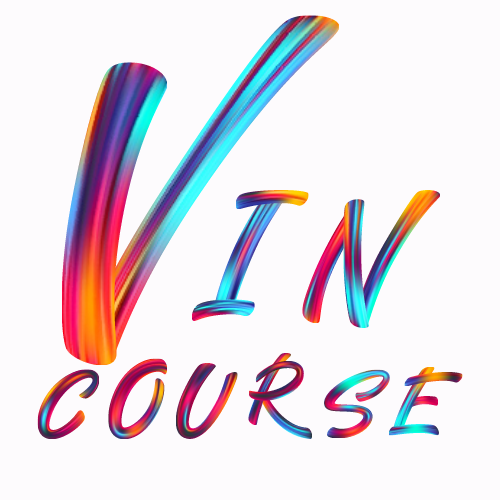
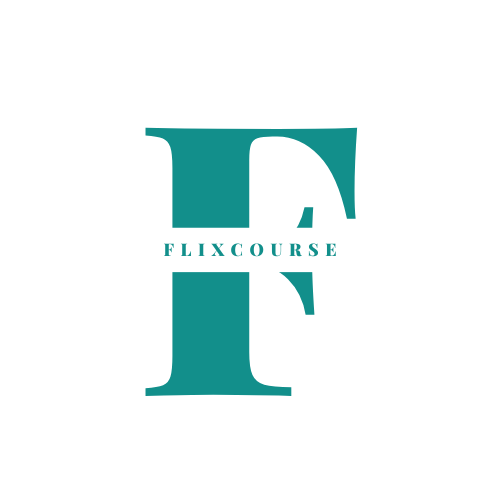
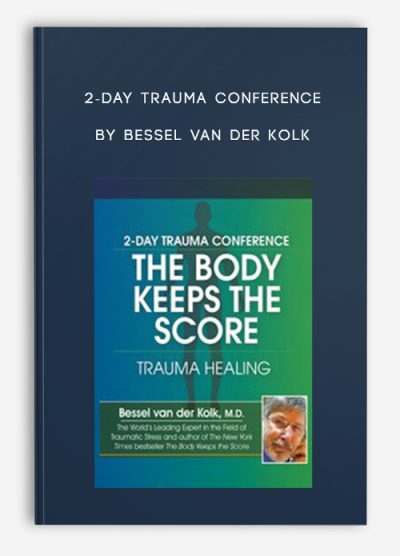
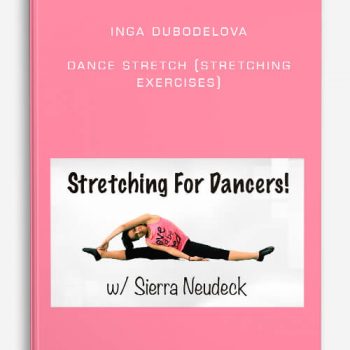
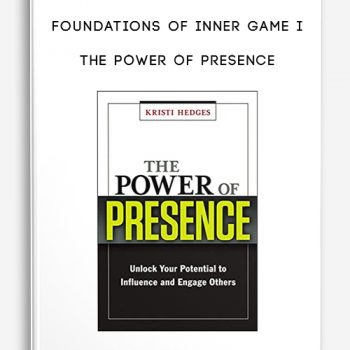

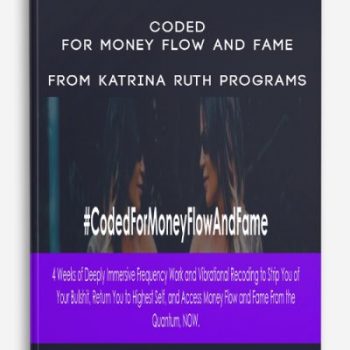
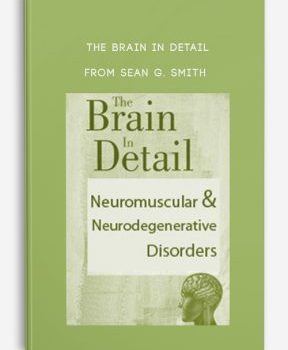

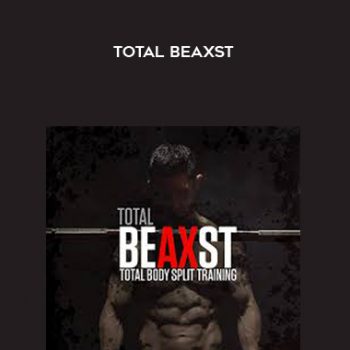
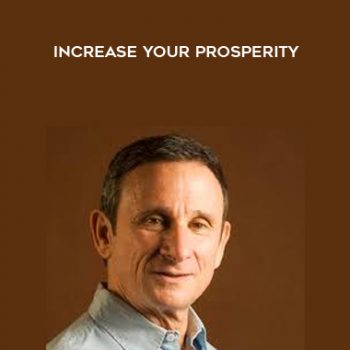
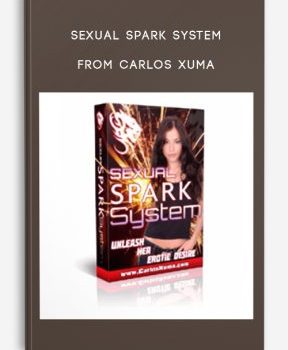
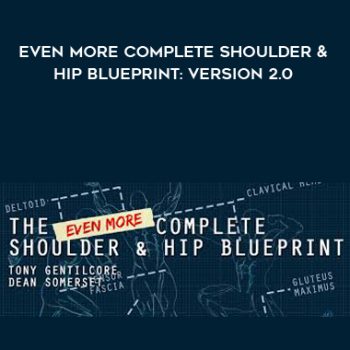
tristian –
This is Digital Download service, the course is available at Coursecui.com and Email download delivery.